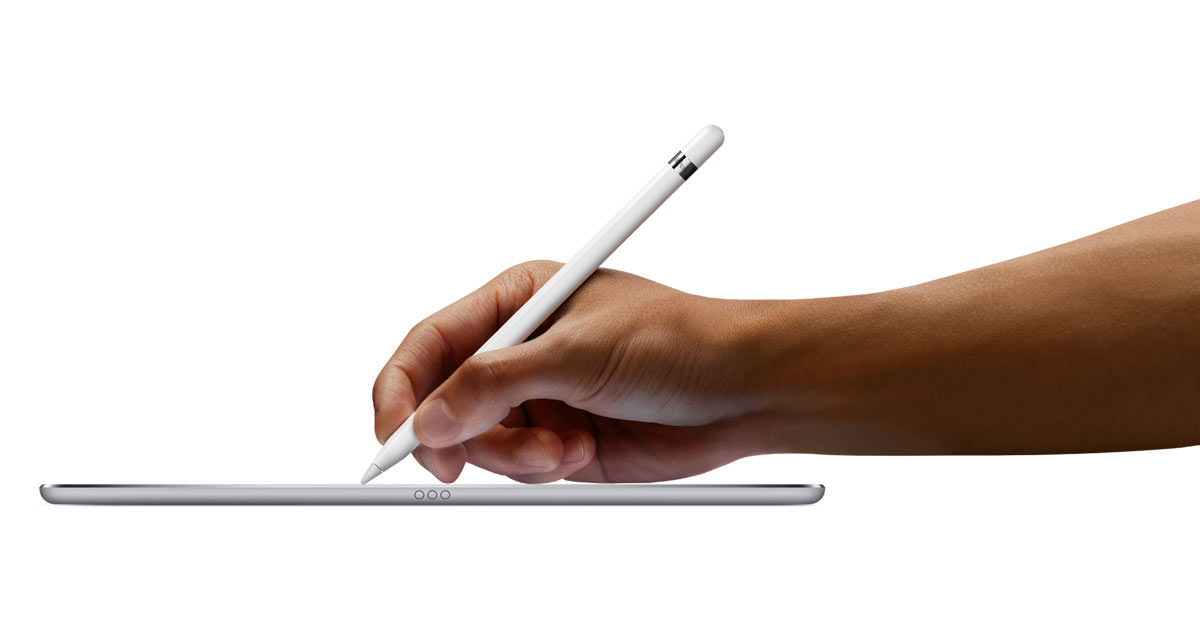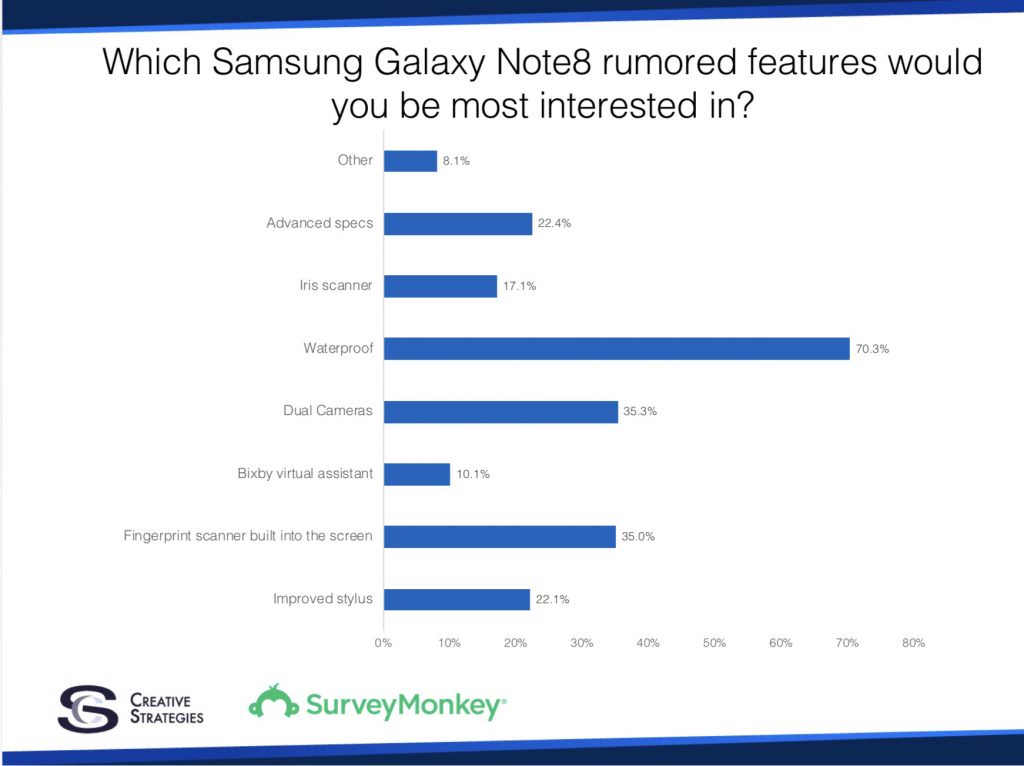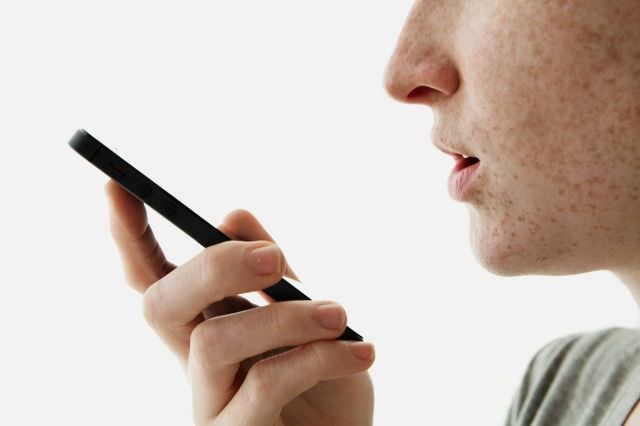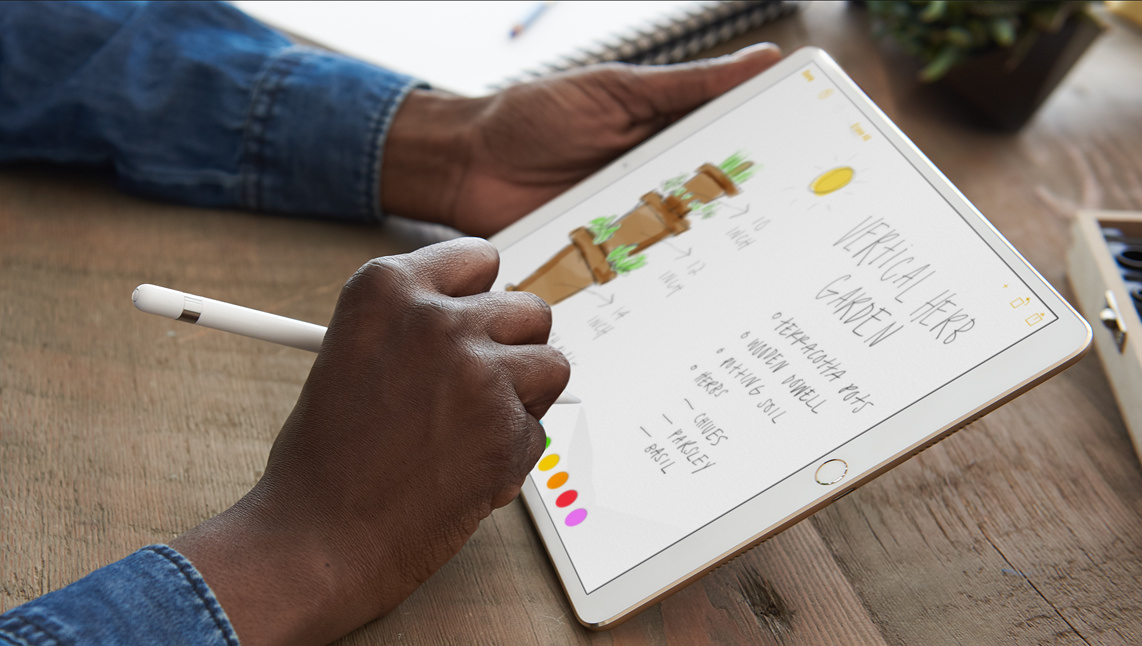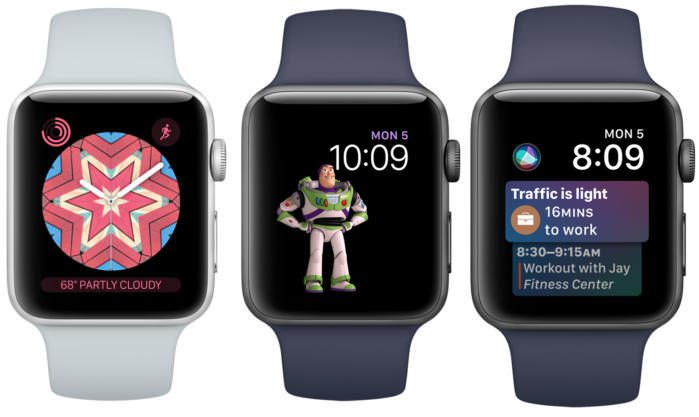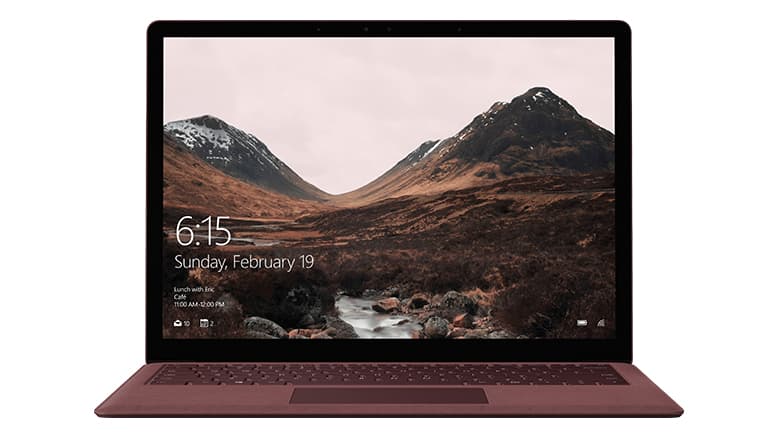The digital divide is a term that has been used for years to refer to the gap between demographics or areas that have access to modern information and communications technologies and those that do not or only have limited access. Going back to before the late 20th century, digital divide referred to those who had a phone, and I mean a landline phone, and those who did not. As we moved closer to 2000, the term started to separate those with internet access and those without it.
Let’s look at some numbers.
According to a 2016 Pew Research Center survey. Roughly three-in-ten adults with household incomes below $30,000 a year don’t own a smartphone. Nearly half don’t have home broadband or a computer. And the majority of lower-income Americans are not tablet owners. By comparison, many of these devices are nearly ubiquitous among adults from households earning $100,000 or more a year.
Higher-income Americans are also more likely to have multiple devices that enable them to go online. Two-thirds of adults living in high-earning households have home broadband, a smartphone, a desktop or laptop anda a tablet, compared with 17% of those living in low-income households.
For many lower-income Americans, smartphones are the primary access to the internet. In 2016, one-fifth of adults living in households earning less than $30,000 a year were “smartphone-only” internet. This represents an increase from 12% in 2013. So while not always the ideal tool, smartphones have helped close the connectivity gap bringing the internet to households without broadband.
Location, as well as income, influence connectivity, and technology availability. Rural adults are less likely to have multiple devices to connect to the internet. About 20% of adults who live in rural communities report that they own a desktop or a laptop, a smartphone, a home broadband connection and a tablet compared to 40% of urban adults and 42% of suburban adults. Rural residents also go online less frequently than their urban and suburban counterparts. Roughly 58% of Americans in rural communities say they use the internet on at least a daily basis, compared with more than 80% of those in urban and 76% in suburban areas.
While the numbers have improved there is still work to do in the US, before we look at connecting the unconnected in emerging markets.
The Pace of Tech Adoption will maintain the Divide
Smartphones have been a great contributor to narrowing the digital divide thanks to initial subsidies which helped lower the total cost of ownership of being connected. The next phase of computing is, however, expanding to devices that deliver experiences and services unlikely to be seen as a “necessity” and therefore harder to justify financially. Virtual Reality headsets and smart speakers come to mind. Technologies that are not a necessity at an individual level but that can make a considerable difference in education. There is a digital divide today in American schools between public and private and between affluent and non-affluent school districts. Never before, have we heard so much talk about STEM in schools but how will these programs develop? Will kids in more well-off schools be experiencing new ways to learn history by being transported into ancient Rome through VR while children attending less affluent schools will read about it on their Chromebooks or iPads? Will the kids in less well off schools learn to code while those in affluent schools are taught skills that machines cannot replace: art, music, critical thinking…
Other life changing technologies like driverless cars are likely to be dependent on location as well as income. If rolling out broadband to rural areas has taken a long time and it is still ongoing, think of what it will take to roll out the infrastructure needed for fully electric cars. Or think about the intelligence and data needed to have autonomous cars safely operate outside connected cities. Will the lack of electric cars make some areas of the country more polluted than others? Will the lack of self-driving cars and their promise to make our roads safer mean that car fatalities will impact certain social demographics?
Services Rather than Devices will be the Real Measure of the Digital Divide
What I am truly concerned about when it comes to the future of the digital divide is the range of services that are enabled by this new class of devices that might leave many people behind. Everything slowly but steadily is going digital from information to payments, entertainment, shopping and the list goes on and on. What kind of services will consumers not be exposed to either because they cannot afford the devices that will enable such experiences or because they live in an area that is not considered a prime target?
Same day delivery services, ride share services, meals delivery services, a fleet of driverless cars for rental…all these services will have a reach limited by the adoption they could generate making affluent urban areas the first and primary focus. Already today it is easy to see a correlation between income, technology, and services, which I expect will get tighter in the future. The potential to foster stronger social inequality than what we see today is obvious.
Companies such as Google and Facebook have spearheaded initiatives in markets such as India to connect the unconnected. They see America as being saturated not from a connectivity perspective but from an opportunity one. Unconnected or under-connected Americans might not be as valuable to these organizations, but they cannot be left behind as we all get excited by new shiny things and tech giants get excited at new revenue opportunity. What is at risk is too big to ignore: equal opportunity for all.


